Did you know that Batman vs. Predator and Superman vs. Predator were published by DC Comics in 1991 and 2000, respectively? That’s how powerful these skilled hunters are! Since their debut in 1987, Predators have become cinematic monster icons, fueling the imaginations of countless directors for years.
So, what distinguishes them as one of the top hunting animals in history? Several aspects are deeply embedded in their genetics, anatomy, and physiology. Their superior technology and weaponry add to their overwhelming physical power, and traits like their deadly mandibles help them survive.
We’ve developed numerous instructive, explanatory, and compelling videos about Predators, including “Predators Beyond Movies” and “Female Predators,” because these terrible beasts have had such an impact on film history.
Marvelous Videos also has a Predators playlist, which you should check out because it will only satisfy your appetite for knowledge about these interesting individuals.
Yautjas Mysterios Blood Has Life-Giving Properties
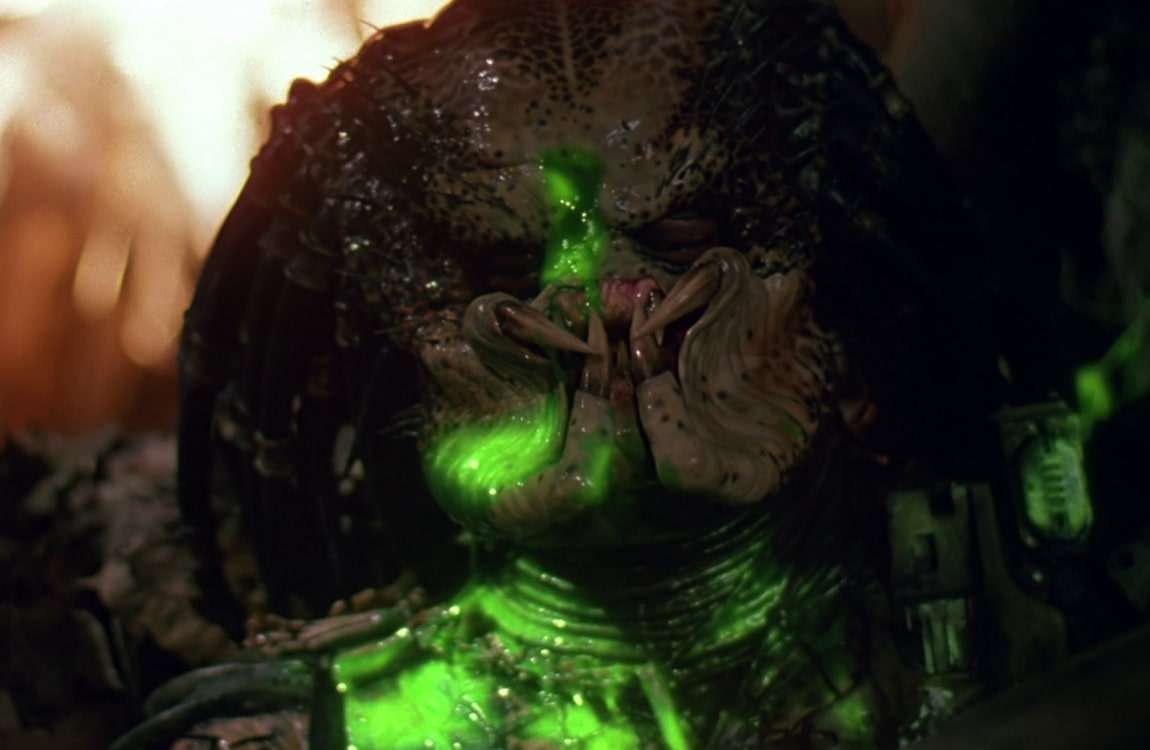
Yautjas dedicate their entire life to the most violent and aggressive form of bloodsport, and they will never hesitate to sacrifice their own sweat and blood to win the game. Yautja blood is a neon green bioluminescent substance.
Their blood is also thought to offer life-giving and healing powers. For example, if HunterBorgia from the 2005 game Predator: Concrete Jungle hadn’t come into contact with the blood of a Yautja named Scarface, he would have died as an infant. Borgia was able to survive for more than a century as a result of his continued use of Yautja Blood.
The character of Li YatSen from the comic Aliens vs. Predator: Eternal lived for an abnormally long period of time because he went a step ahead and consumed Yautja organs instead of just their blood.
However, it’s not just humans who got extra life from Predator blood, but practically any organism can live longer with its help. Their blood is also known to have neutralizing effects on the corrosive Xenomorph blood. It is possible that Yautjas are essentially cold-blooded creatures, and that’s why they prefer warm equatorial climates to hunt in.
Genders of Yautjas Explored
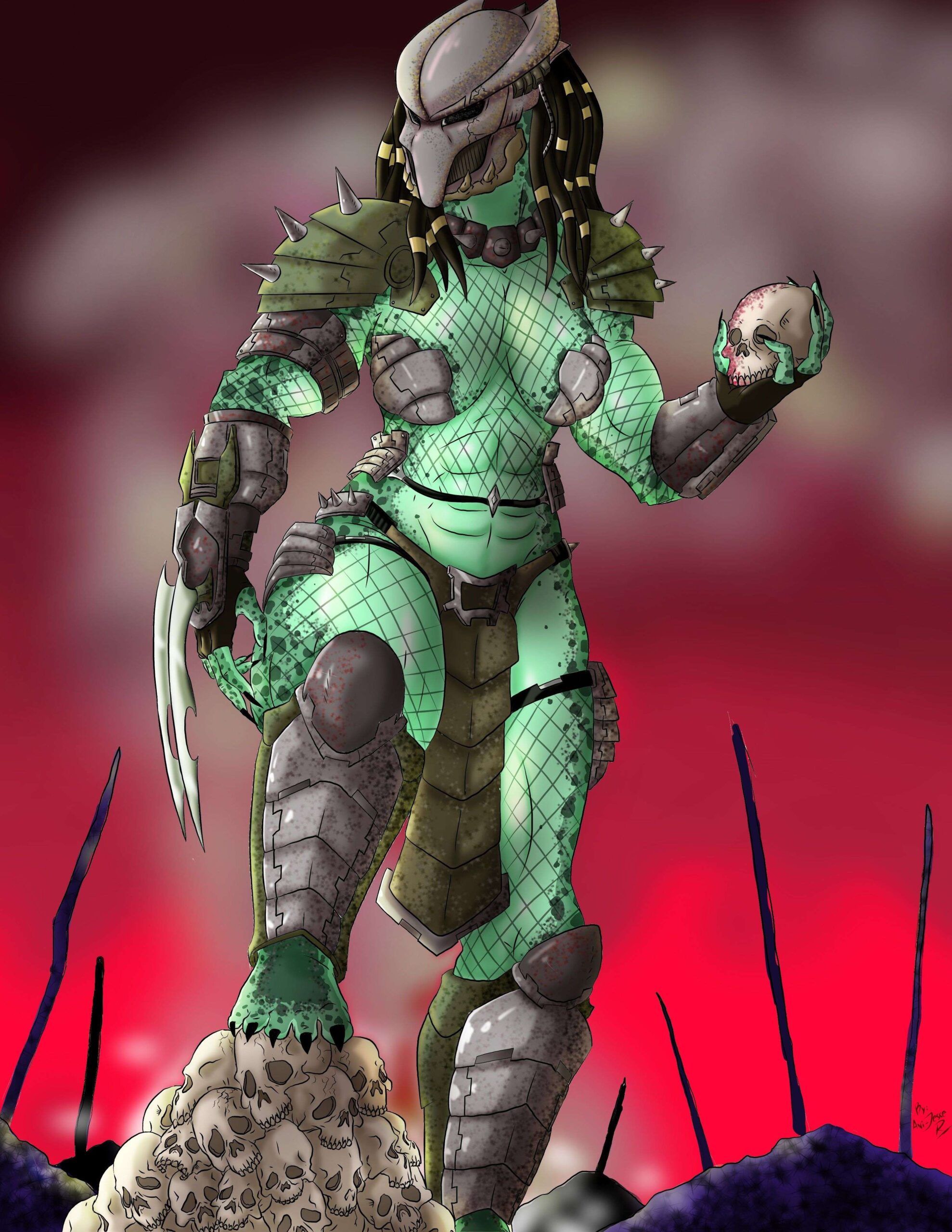
The majority of Yautjas we’ve seen in movies, games, and comics have been male. Female Yautjas do exist, such Big Mama, Sister Midnight, and Valkyrie, to name a few. Sister Midnight from the 2000 Dark Horse Comic Witchblade/Aliens/Darkness/ Predator: Mindhunter or the Valkyrie Predator from Predator Hunting Grounds both feature noticeable feminine qualities such as breasts and even dreadlocks that finish in a ponytail, but Big Mama does not.
The lack of female Predators is due to the fact that the ladies of the species normally stay on the home planet and raise the Yautjaoffspring jointly. Despite this, females are considered equal to their male counterparts in terms of their respect and position in society, and their fighting skills.
During the mating season, male Yautjas move to their home planet, where the females choose the most suitable candidate to mate with. The decision is usually made on the basis of skill, power, and number of victories. It isn’t certain whether the males stick around to help with bringing up infant Yautjas, which are also called Sucklings.
Yautja Reproduction – Secrets Revealed
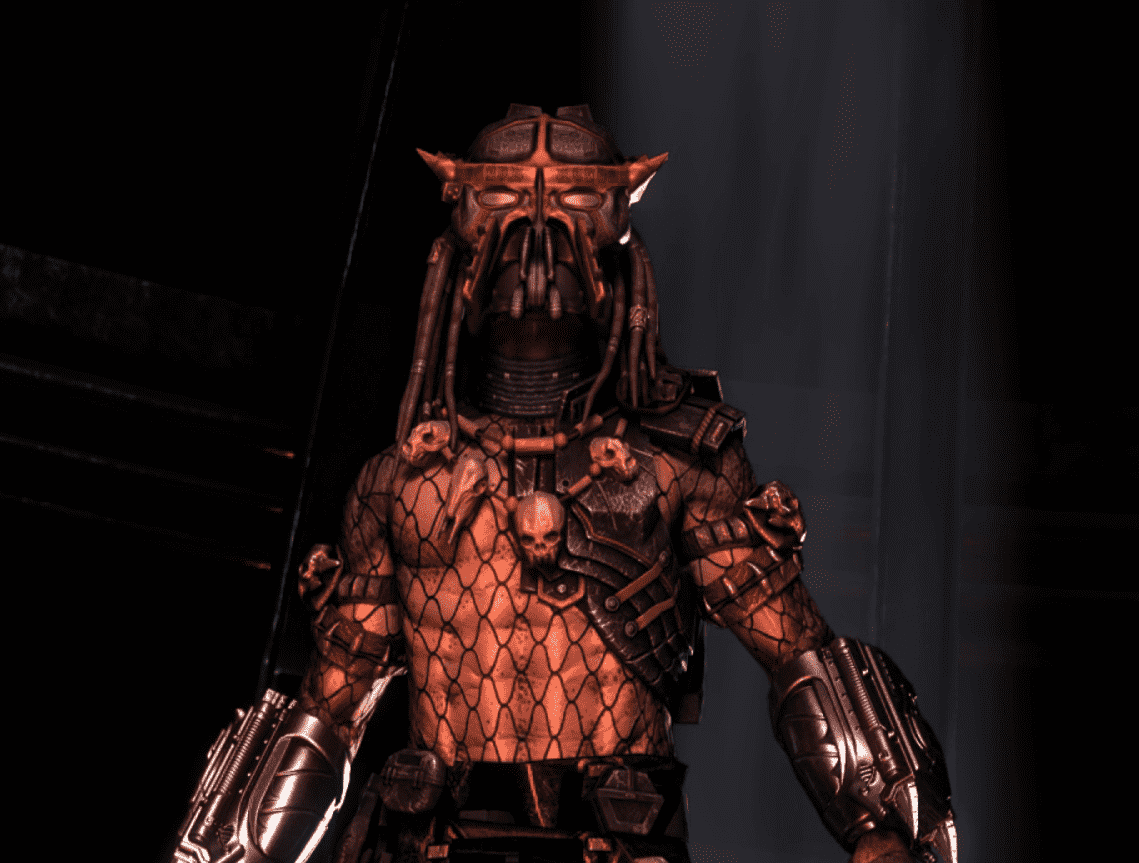
It’s unclear how the Yautjas perform the actual act of intercourse for the goal of reproduction, but their physiology, which includes visible mammary glands and outside testicles, suggests it’s not that dissimilar to what humans do. Surprisingly, dreadlocks play a significant effect in the selection of spouses.
The Yautja is more attractive with longer dreadlocks. Sex was joyful for both sides, but it might be lethal for males if the girls were highly excited during the act, according to Dachande.
It’s worth noting that only blooded male Yautjas are allowed to mate, and there’s no limit to the number of Sucs that can be produced. For instance, Dachande is known to have at least 73 offspring. Males usually attain the blooded status after 50 years of life as, by this age, they become skilled enough to hunt their first Xenomorph and mark themselves with its blood.
The primary intent of the males is to produce as many Sucklings as possible so that their bloodline will continue to flourish even after their death. And to achieve this, many Yautjas have multiple female partners, which makes them polygamous.
On the other hand, there’s evidence that females might be monogamous. For instance, Hashori from Predator Incursion was the leader of a Widow Clan or a clan of female Yautjas who chose not to mate further after their partners died.
Life Cycle

A Youngling, Suckling, or Pup is the name given to a newly born Yautja. After a few days, the infant has progressed to the point where it may begin hunting training. Yautjas are known as Un-Blooded at this time.
After completing their training, the Un-Blooded are known as Young Bloods and begin participating in hunts. These young blood Yautjas are capable of killing a variety of creatures, including humans.
They are not, however, regarded true hunters or adults capable of mating. Only after successfully killing a Xenomorph, particularly a Xenomorph Queen, does a Yautja reach adulthood.
They are then referred to as Blooded. After years of hunting in various parts of the universe, Blooded Yautjas are given the title of Elite. These Elite Yautjas can face several Xenomorphs simultaneously and can even hunt bigger and deadlier Xenomorphs like Queens, praetorians or Predaliens.
When an Elite is selected to teach the Unblooded or the Young blooded, they are known as Leaders. At other times, Elites can become enforcers, who are tasked with stopping and killing bad blood Yautjas- those who don’t follow the code of honor.
An elite can also go on to become an Elder or a Clan Leader. Finally, the eldest of living Yautjas are called Ancients. They don’t necessarily take part in hunting and only act as a guiding force to other Yautjas and also serve as the administrative head, appointing Enforcers and sending them on missions to stop crime.
When a Yautja faces defeat in battle, its first move is to detonate the self-destructing device in its wrist gauntlet to save itself from capture or a dishonorable death, but more on this later.
Predators Genetic Superiority Explained
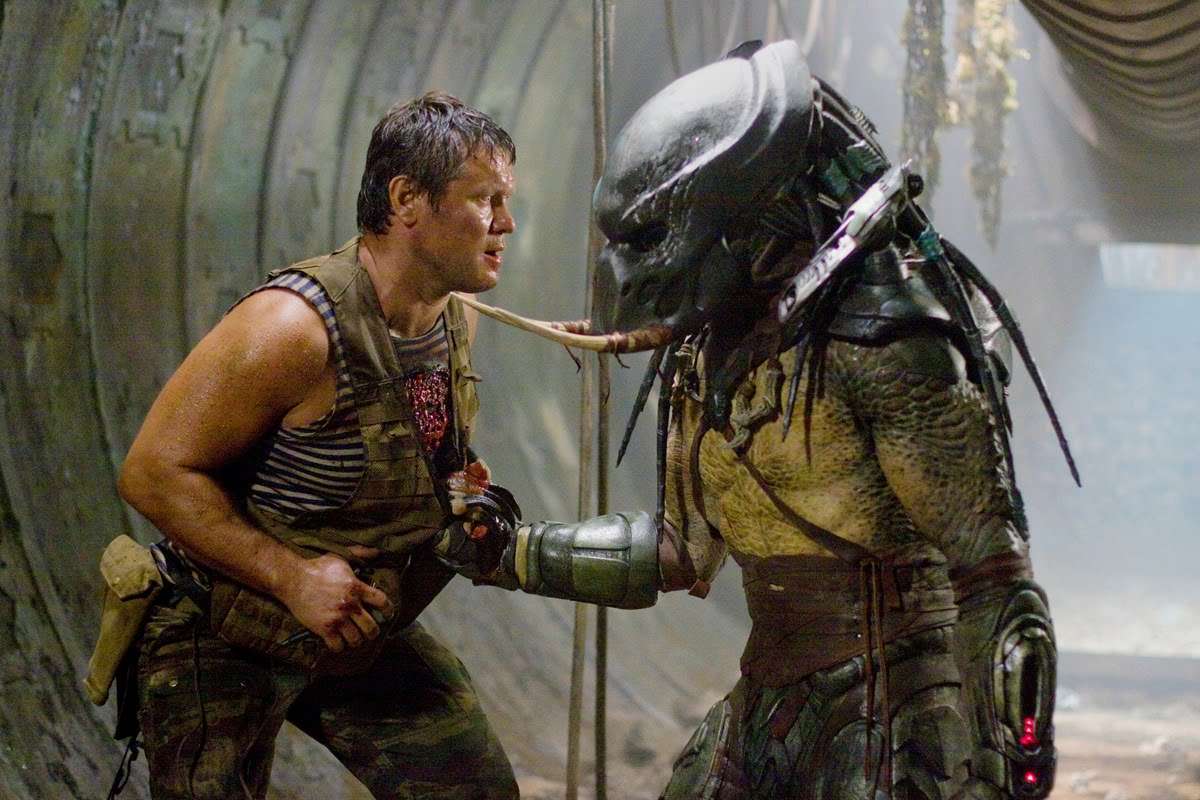
The Yautja are physically extraordinarily resilient, as we’ve discovered through the films and comics. They can recover from tiny wounds, such as those caused by gunshots, and they can withstand large quantities of radioactive radiation. Even if they are gravely injured, they can treat themselves, as the City Hunter did in Predator 2.
Even enormous humans like Arnold Schwarzenegger’s Dutch from the original Predator film are no match for their physical power. With the capacity to rip a human’s spine and head from the rest of the body, they naturally have an advantage in unarmed combat.
They are skilled climbers and jumpers if we examine the lower half of their body. The Yautjas can do it all, from climbing buildings and navigating through treetops to jumping from enormous heights and roofs.
The Yautjas have also developed into a species that can adapt to a variety of temperature situations, however they prefer hot, humid equatorial settings. The Predator’s thermal vision is one of its most recognised features. They can easily see radiation ranging from infrared to ultraviolet, but their bio helmets improve this capacity even more.
Looking at these extraordinary abilities, a question arises as to how theYautjasbecame such a superior species? According to Hunter Borgia’s mother, the Yautja genes consist of superior material to that of humans.
This superiority can be attributed to the fact that Yautjas are a much older species, and millions of years of evolution has provided them enhanced features. We mentioned earlier that the Yautja blood has life-giving and healing powers, so if we used their genes and blood correctly, humans could enhance as a species. Another proof of the amazing potential of Yautja genes is witnessed in a Predalien.
Predator Dreadlocks
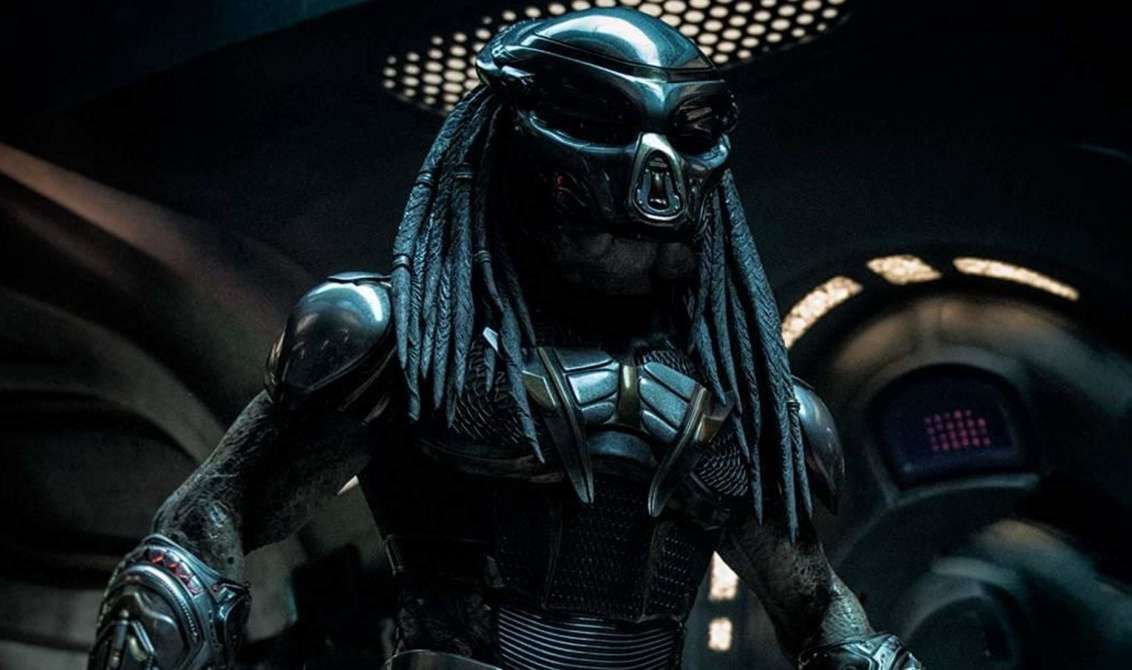
A Predator’s most desired physical characteristic is his dreadlocks. They are a symbol of maturity and beauty. Some people believe that a Predator’s ability to sense heat is due to his dreadlocks. Whatever the case may be, Predators are known to take care of their dreadlocks and often embellish them with jewellery, which could be human skulls and bones.
When an unblooded Yautja tries to become a young blood Predator, it must endure the terrible process of having its locks plaited in a public ceremony. The entire process is undone and resumed if the young Yautja displays any evidence of suffering, such as flinching or tears in their eyes.
As mentioned in the 1996 comic published by Dark Horse Comics named Predator: Strange Roux, when a Predator’s dreadlocks are injured or cut off, the creature bleeds profusely. Often the dreadlocks serve as a means of identification, differing in length, shape, and girth to those of other predators.
When a Xenomorph chest buster comes out of a Predator, it has grown with several host characteristics, including the dreadlocks. However, the features of other hosts, such as humans, are less pronounced in the resultant Xenomorph.
Yautja’s Bio-helmet is no less than Batman’s Gadget
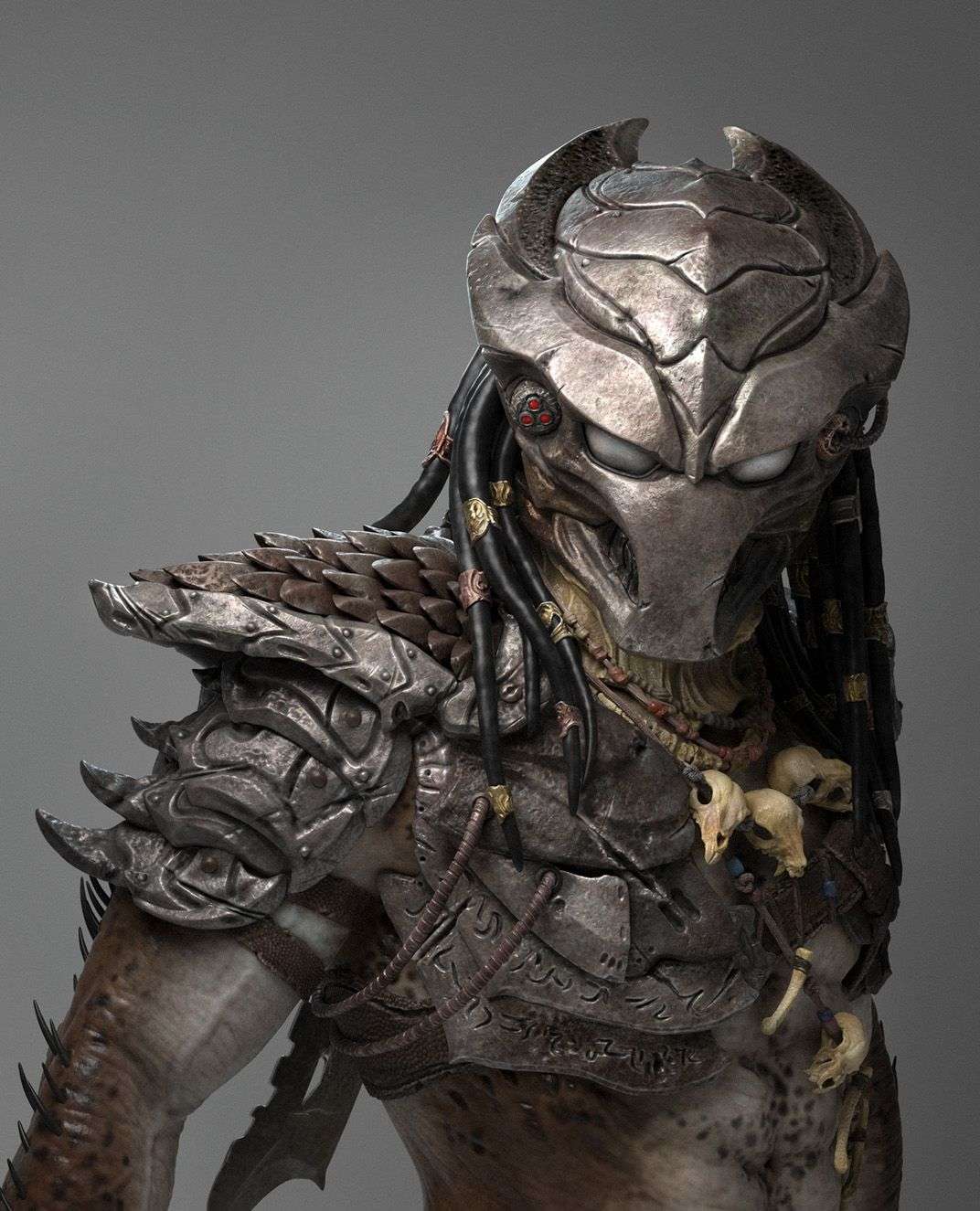
Remember the scene in Justice League where Flash inquired about Batman’s superpower? And Batman requested that this scene be replayed… Batman’s response to Barry’s query. Well, having a lot of money isn’t the only way to purchase high-tech gadgets and weapons.
You might have such technology if you’re a member of an ancient race of extraterrestrial people, and you might have a helmet that’s more efficient and powerful than anything our caped crusader has to offer! The bio mask of a Predator is also known as a bio helmet.
It does, in fact, shield the Predator’s skull from numerous incoming hits, but it also accomplishes a lot more. It also records, stores, and translates the voices of its prey. This helps the Predators to understand their prey better and also aids in mimicking them for baiting purposes.
Aside from these functions, the bio helmet additionally helps them to breathe. The skilled hunters often need to know the diagnostics and vital statistics, and the bio helmet once again comes to the rescue, making the headgear a predator’s most convenient weapon, apart from perhaps the wrist gauntlet and the combi stick.
However, it is not known to many that the wrist gauntlet and the bio helmet are somehow connected to each other. Furthermore, the bio helmet acts as a targeting device for the shoulder-mounted plasma caster.
There have been various variants in the designs, aside from the basic bio helmets of the City Hunter Predator and the Jungle Hunter Predator. Serpent’s bio helmet, for example, looked like a Xenomorph’s head, whilst Spartan’s bio helmet had two visors and resembled a Greek spartan’s helmet.
The wrist gauntlet packs a bomb that can be flattened 300 city blocks
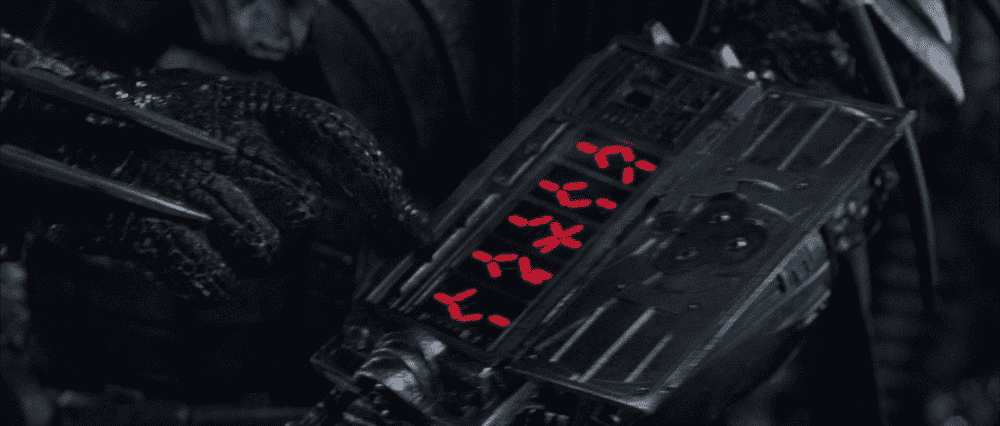
The extremely advanced wrist gauntlet is another deadly piece of Yautja weaponry. It’s a piece of multipurpose equipment that includes a satellite communication device, controls the Predator’s invisibility, occasionally housing the Plasma Caster, and contains a self-destruct device. Some wrist gauntlets also include power punch gloves and first-aid kits.
Yautjas live their lives upholding a code of honor which they would die for. Naturally, when they are faced with imminent defeat or death, they activate their gauntlet’s self destruction device, and within seconds, the explosion can claim up to 300 city blocks.
Yautjas carry out this self-sacrifice to ensure that their technology doesn’t fall into the wrong hands. However, a more plausible reason is that getting killed or defeated by an alien is dishonorable. So, in the last bid to ensure the death of their enemy, they employ the device and seek to kill both themselves and their enemy. Such devices are also found in Predator ships, evidently for the same reasons.
Although the burst resembles a nuclear explosion, it is unclear whether the gadget operates through atomic fission or fusion. The explosion creates a mushroom cloud, and the survivors’ injuries are similar to those caused by radiation poisoning.
There’s no proof that the self-destruction countdown can be stopped once it’s started, however if the wrist gauntlet is broken or the arm is severed while the gadget is turned on, it prevents the device from exploding.
What Did Yautja’s Evolve From?
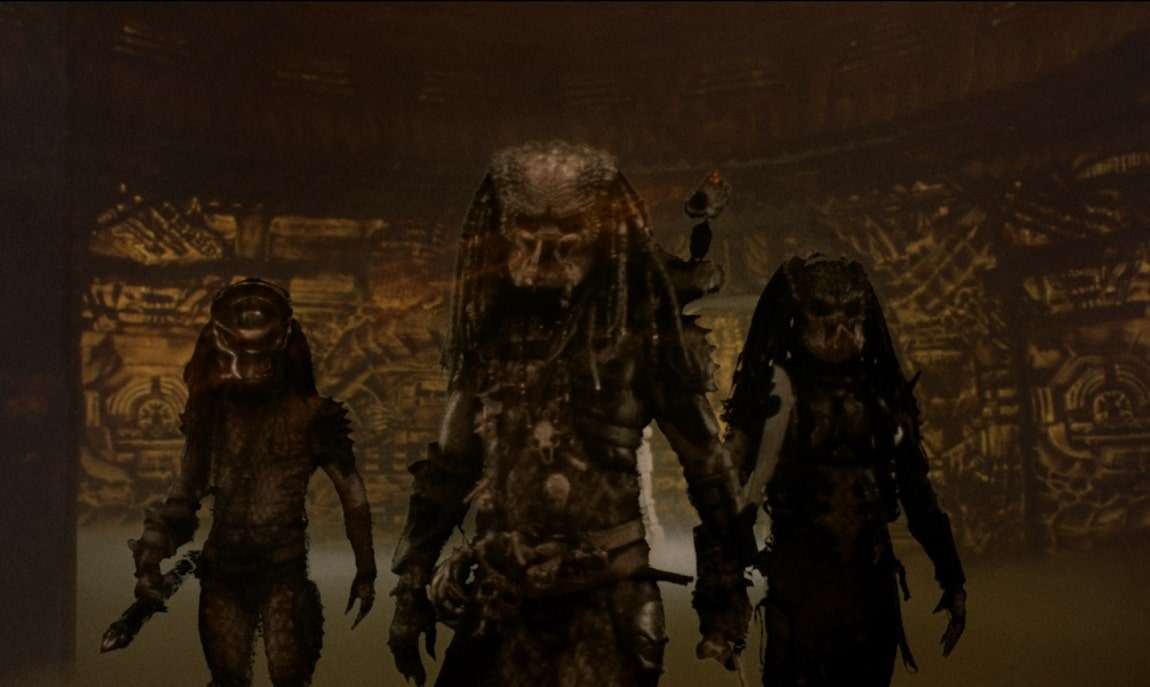
Yautjas are thought to have originated and evolved on Yautja Prime, a hot temperate planet. Predator Homeworld, a 1999 comic, featured some interesting theories on why Predators kept coming to Earth.
In the comic, an Enforcer Predator was dispatched to Earth to apprehend three Young Blood predators who were killing for the sheer joy of it, disregarding the Yautja Code of Honor.
In the comics, Dr. Maya Bergstrom had various unproven theories concerning the origins of Predators. Predators evolved from mammalian earthly animals known as therapsids, according to her findings. These were a group of now-extinct creatures with frontal incisors and lateral canines on their tusks.
She believed that an intelligent race of species took these animals from Earth and placed them on Yautja Prime, where they were able to evolve into fiercer beings. And, it was the natural instinct of Yautjas to come back to their planet of origin constantly and resume the pleasure of hunt that was taken away long ago.
Interestingly, the therapsids had both reptilian and mammalian traits, and in fact, the last of the therapsids to go extinct were mammals. This explains the reptilian and mammalian traits of the Yautjas and also their ability to survive and thrive feeding on Earthly plants and animals.
Furthermore, the ability of Yautjas to sustain without their bio mask and breathe Earth’s air could be related to their earthly ancestry. However, this is all mere speculation, and nothing of this sort has ever been confirmed or clarified.
The Complicated Literature and Language of the Yautjas

Growls, clicks, roars, and snarls are all known to be used by predators as a means of communication. The language, which is written in dashes, does not appear to be related to any other language on Earth, modern or ancient.
These writings have been discovered on their bio helmets, wrist gauntlets, and structures, yet the creatures also appear to speak in a different dialect. Many historians argue that a group becomes a civilization when its members are able to communicate in a language that others can comprehend.
Yautjas were more than a collection of hunting monsters under this definition. They were socially far more advanced than their archenemies, the Xenomorphs. In the movies, we saw that the Predators imitated human speech and repeated the words or phrases to further their deadly agendas.
Hence, they probably had some understanding of what they had learned. In fact, a few predators even learnt the English language after having spent an extended amount of time with humans. Most interestingly, Yautjas understand humor, although they might have a weird sense of it. For instance, Scar made a dead Xenomorph to shoot its jaw. This shocked and startled Lex, and Scar seemed to enjoy her fear and state of trauma.
